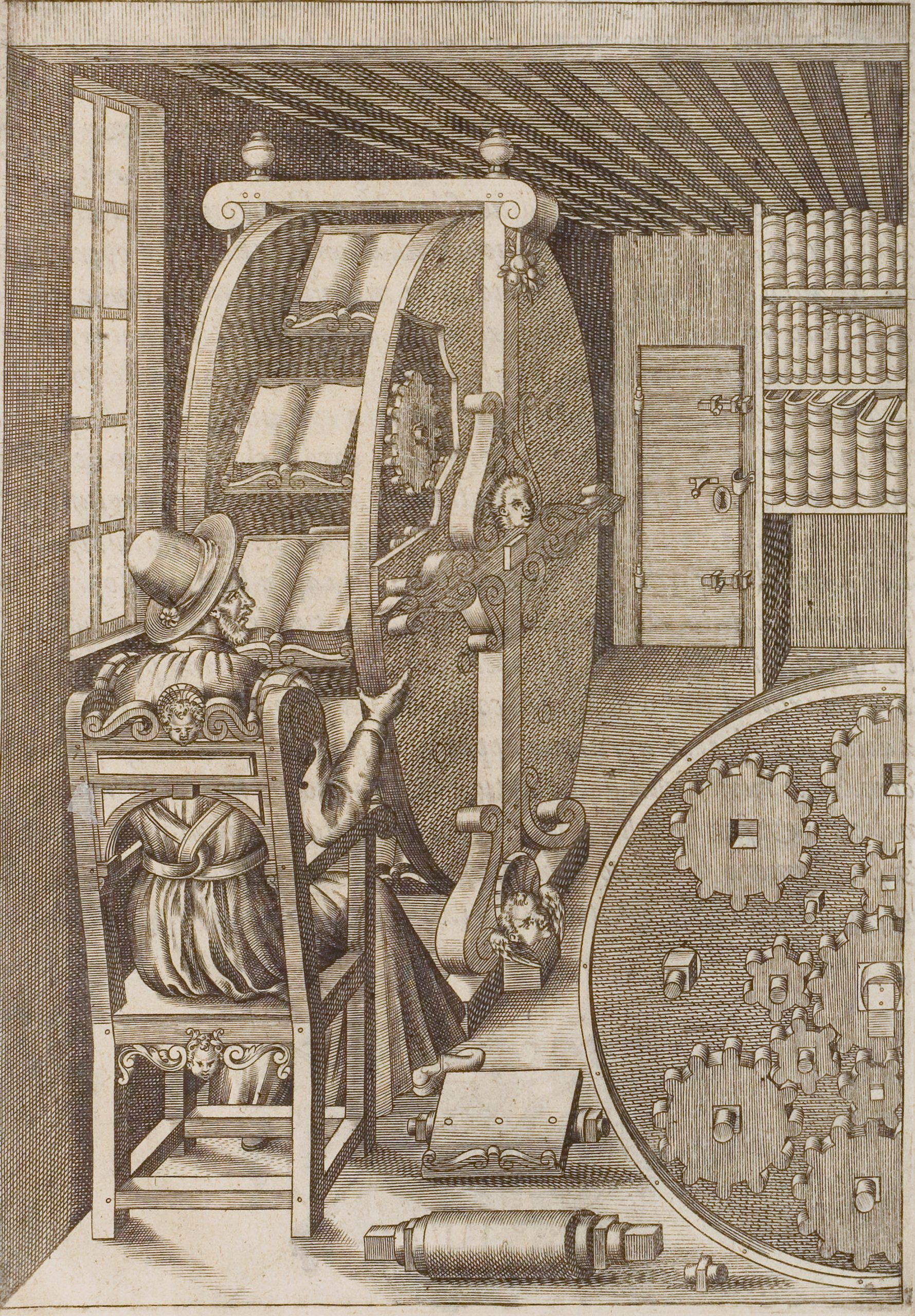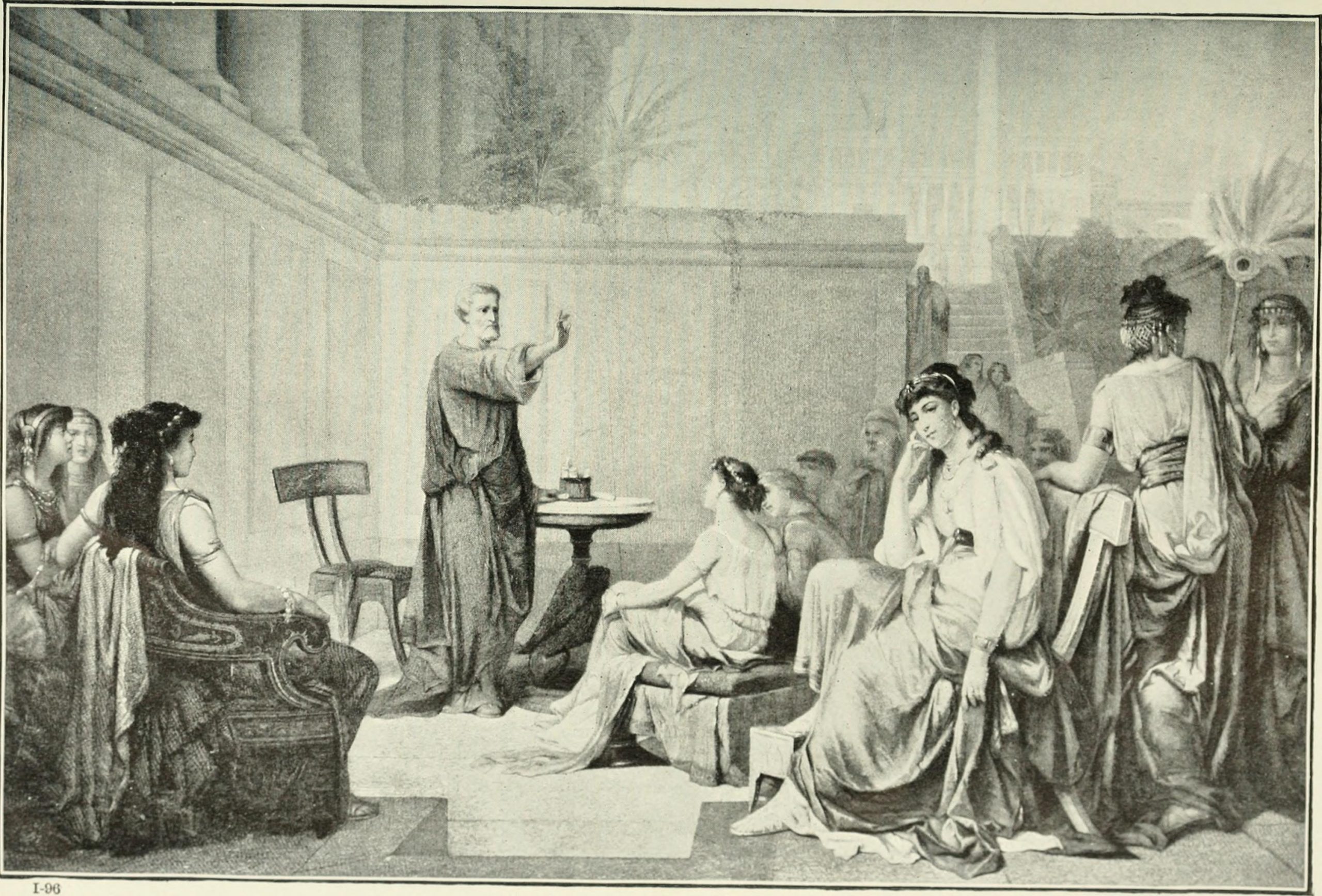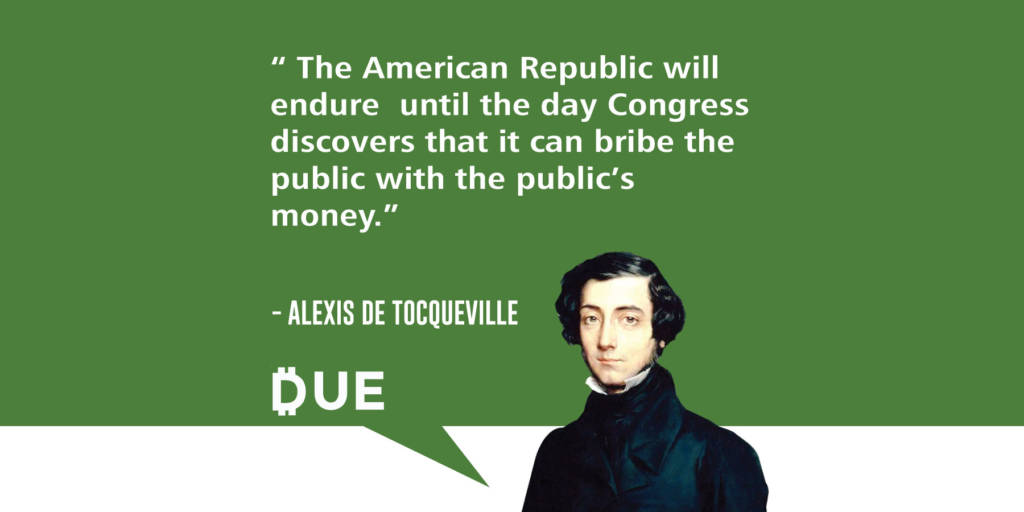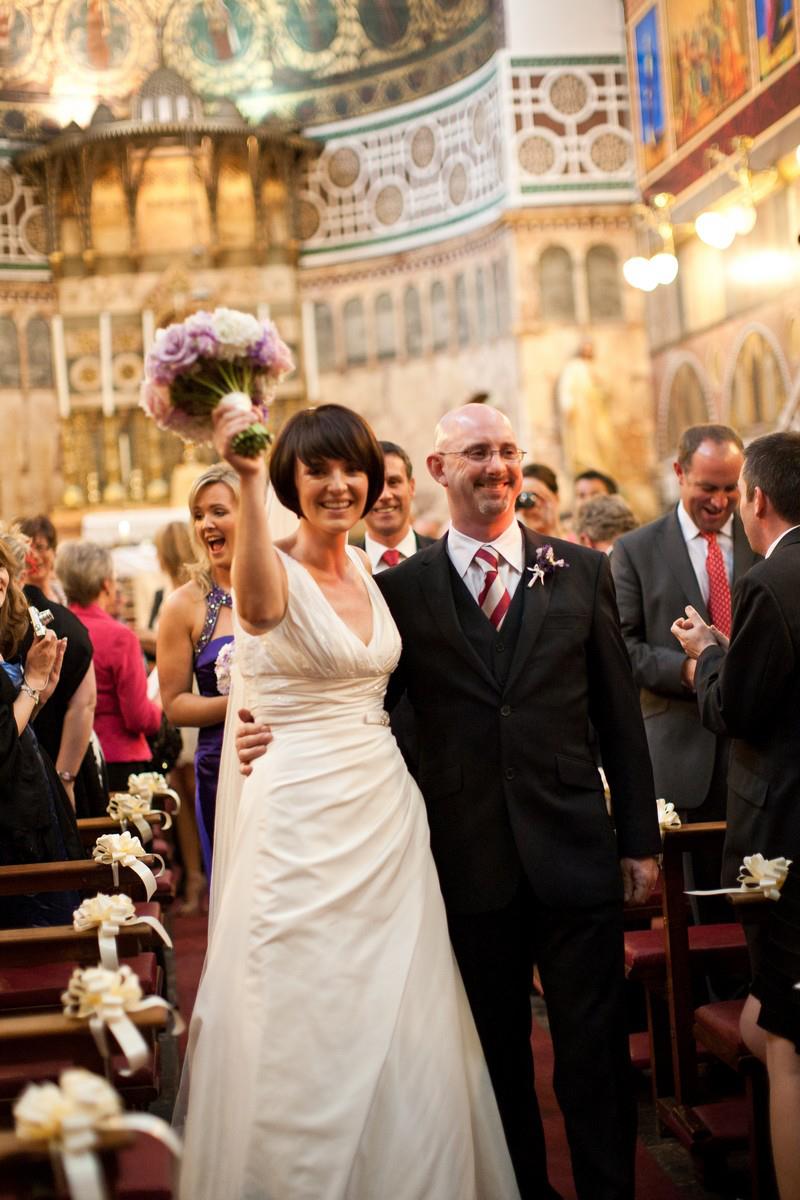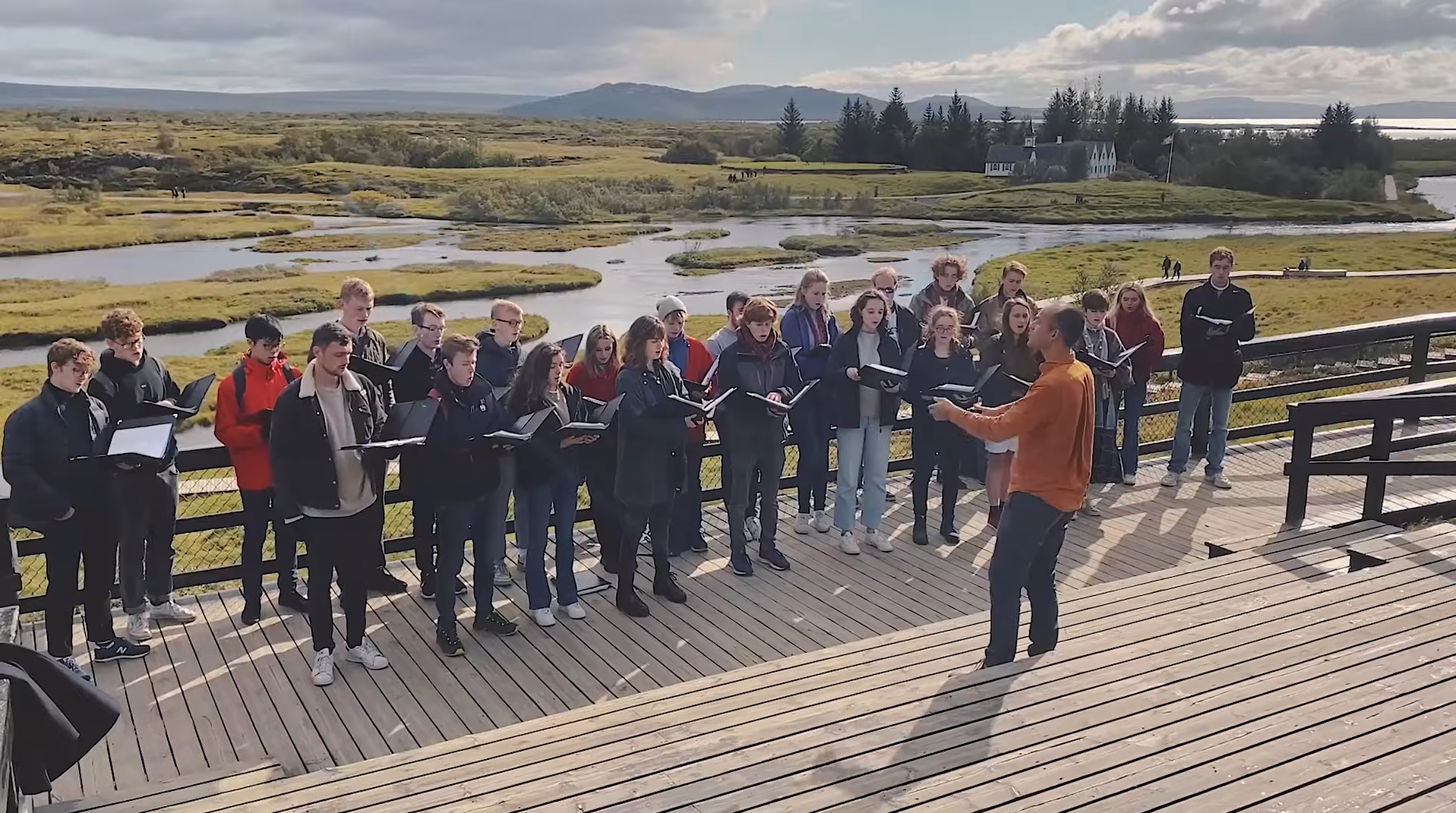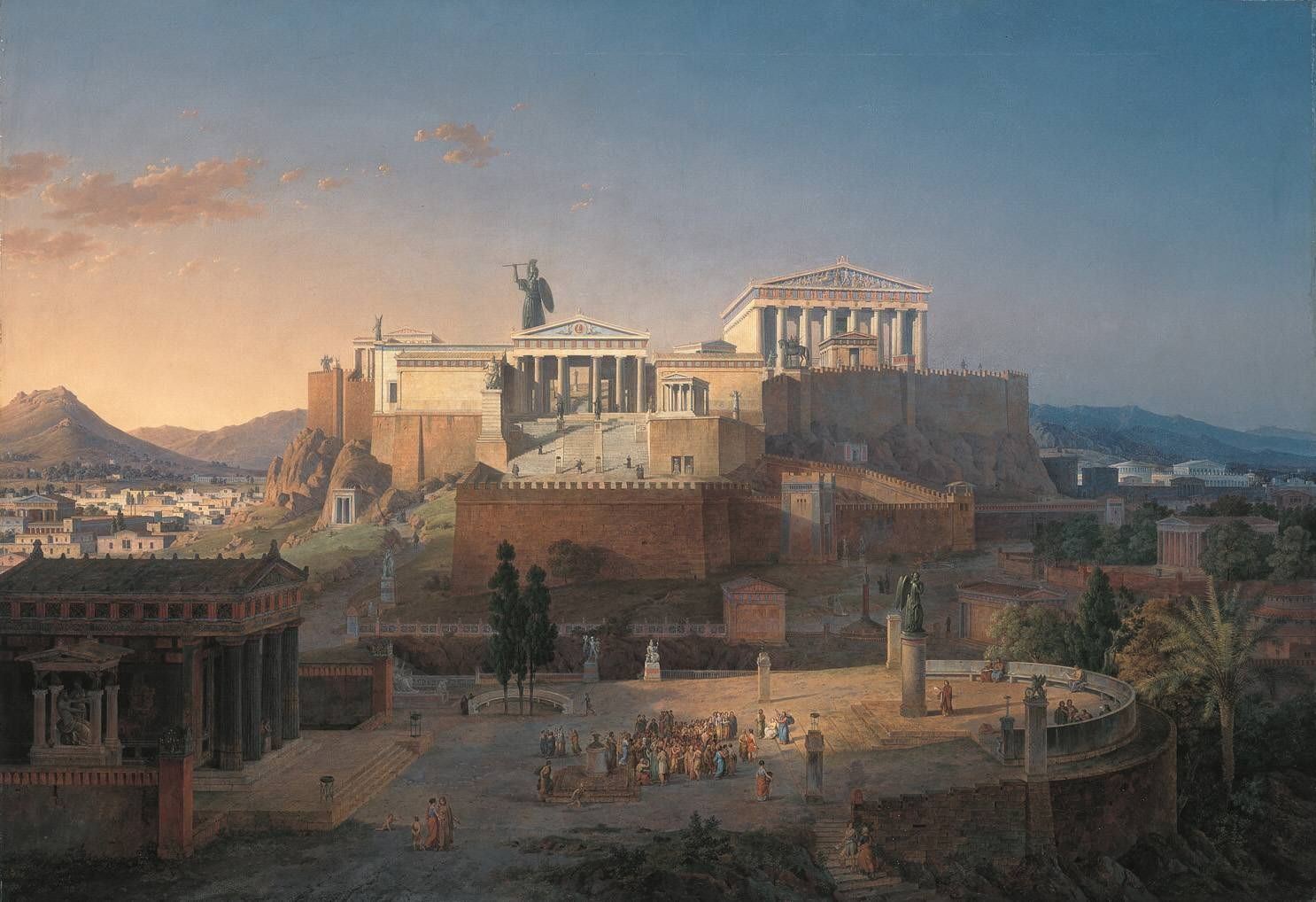INCITS: InterNational Committee for Information Technology Standards | Executive Board
Today we break down the literature for building, maintaining and supporting the computing infrastructure of education communities. We use the term “infotech” gingerly to explain action for a broad span of technologies that encompass enterprise servers and software, wireless and wired networks, campus phone networks, and desktop computers that provide administrative services and career tech video production. The private sector has moved at light speed to respond to the circumstances of the pandemic; so have vertical incumbents evolving their business models to seek conformance revenue in this plasma-hot domain.
In 2023 we began breaking down the topic accordingly:
Infotech 100: Survey of the principal standards developing organizations whose catalogs are incorporated by reference into federal and state legislation. Revision cycles.
Infotech 200: Campus computing facilities for research and education
Infotech 300: Communication networks, wired and unwired at the demarcation point; crucial for defining the responsibilities and boundaries between the service provider and the customer.
Infotech 400: System, middleware and software — Python, Fortran 2018, Apache, Julia, C++ and others
A quick shoutout to our hardworking Billikens, who made it through midterms week. You did it! 🤩
📸 by Sarah Conroy pic.twitter.com/aRaUJ6Pa6S
— Saint Louis University (@SLU_Official) October 21, 2023
We collaborate closely with the IEEE Education and Healthcare Electrotechnology Committee. Use the login credentials at the upper right of our home page.
📣INCITS Executive Board seeks interested parties to participate in ICT standards development. INCITS holds the leadership role as the U.S. TAG to ISO/IEC JTC 1, Information Technology. Learn more at https://t.co/G9vknxQY2Y and https://t.co/lGh8G4eiL4. #standardsdevelopment #ict pic.twitter.com/Qj2DnryBSr
— INCITS (@INCITS) September 23, 2024


